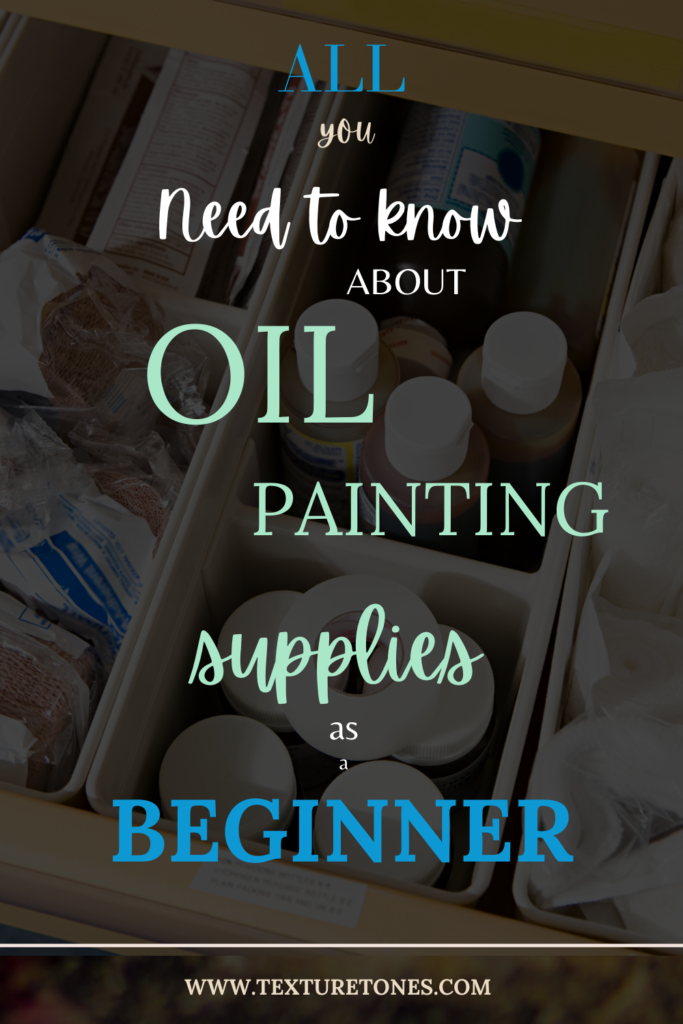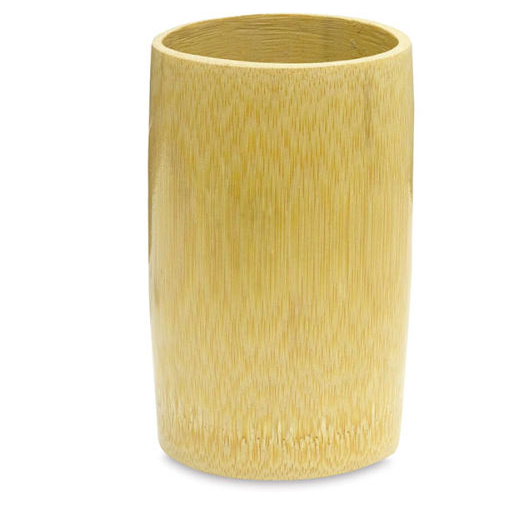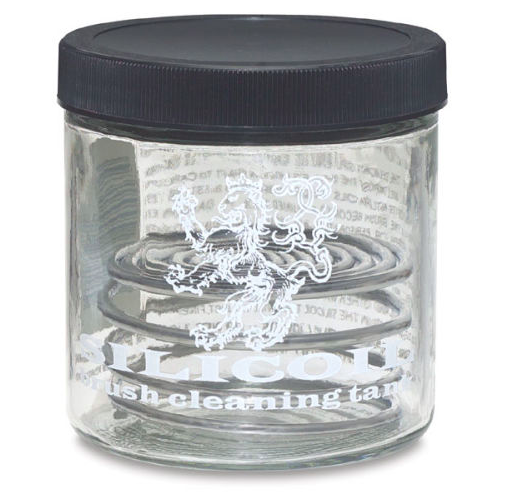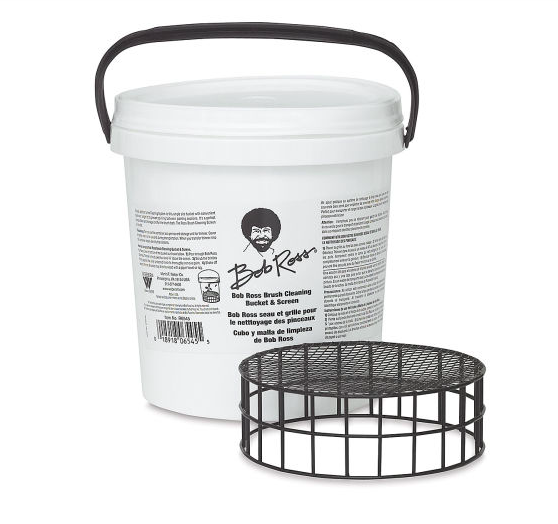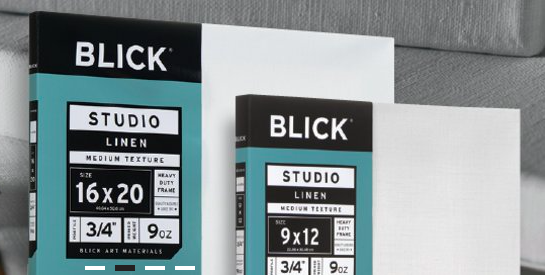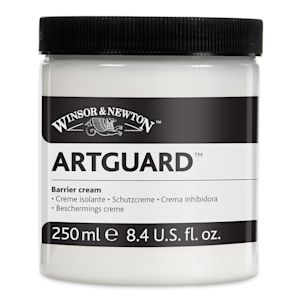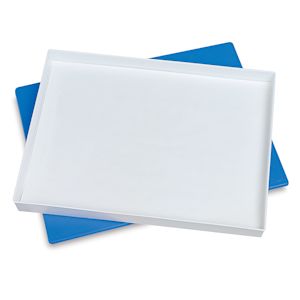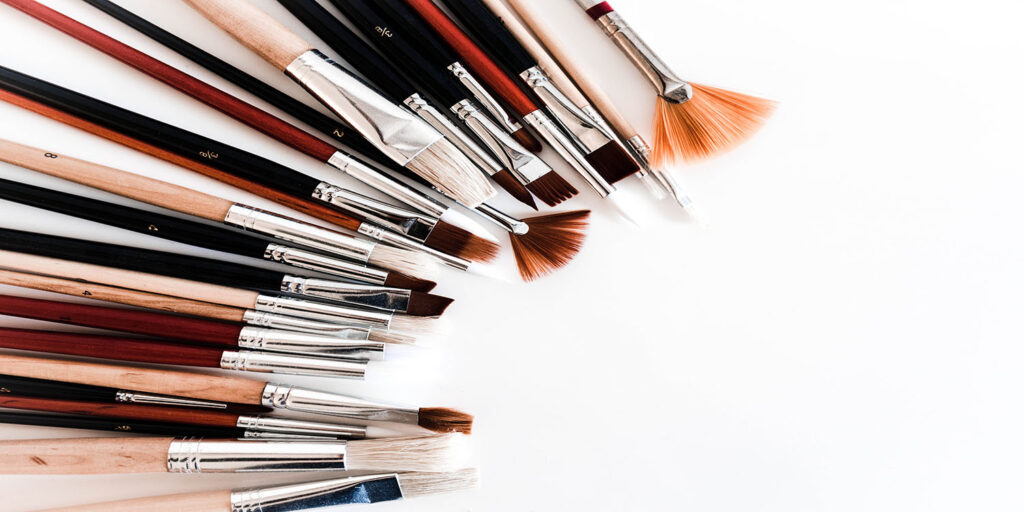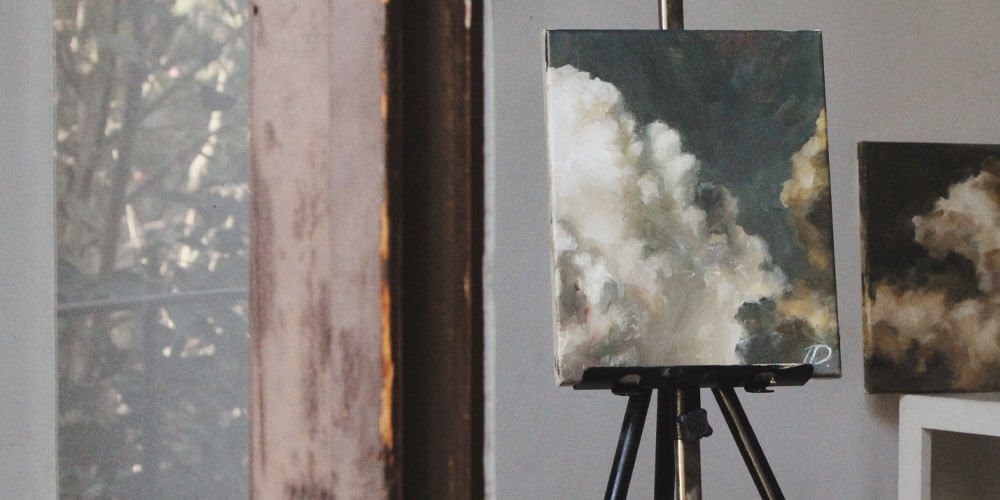
This page contains affiliate links. Meaning, I get a small commission if you purchase through my links, at no extra charge to you. Read the full disclosure here
If you are a complete beginner it is quite obvious to get overwhelmed by the different terms and terminologies in the world of oil painting, let alone the confusion to pick how many tubes of color, types of brushes, different types of oil paints, and so on…
Let’s keep it really simple here and go with just the basics. Once you gain the confidence and have mastered the art of handling the basics we will move on to a bit more in-depth.
The following guide will help you in choosing a great set of oil painting materials, and everything to get you started.
(Please note these are affiliate links, and if you choose to make a purchase through them, I may earn a small commission—at no extra cost to you. Thank you for your support!)
1. Oil Paints
There are lots of brands available in the market with different qualities and different price tags. When I was starting out, I chose Winsor and Newton oil paints. It’s less expensive and perfect for a beginner. You can find student grade or artist quality oil paints to choose from their collection.
You could either buy separate tubes or buy a starter kit that will contain all necessary colors to start with. If you opt for buying colors separately, I suggest you could go with buying smaller tubes and see if you are comfortable working this medium before investing in bigger tubes.
If you do not want to spend a lot on buying paints, go for the primary colors- Alizarin Crimson, Ultramarine Blue, and Cadmium Yellow Light would be enough as these are primary colors and these can be mixed together to give a whole lot of different colors in the spectrum.
In addition to this, you could also add these colors to your list if you are interested-
Titanium White, Ivory Black, Cadmium Red, Cadmium Yellow, Permanent Alizarin Crimson, Ultramarine Blue, and Pthalo Blue.
Buy Winsor and Newton oil paints here
It will also be a great idea to start with a starter kit. In that case, you will have all the necessary colors in one box.
2. Brushes
Just as you would buy brushes for any kind of painting, this is a tool you cannot live without. But what kind of brush? Brushes are of two different types. Natural and synthetic. As you just start out, I personally feel it’s not worth investing in very high-quality brushes as you are only in the learning phase and not quite sure if this is something you would like to continue working with. As you get a bit more experienced, you could go for natural hair bristles which are a perfect choice for oil painting.
As a beginner, always go for natural student grade brushes that come in different sizes, you can always upgrade to higher quality once you master the art of handling how to paint in oils.
To learn more about the different types of oil painting brushes and how to choose the right one, check out “The Ultimate Guide to Choosing the Perfect Oil Painting Brushes”
3. Paint Brush Holder
A brush holder is a must while painting as it would help you keep your workspace organized and neat. Whenever I start with a painting, I arrange all the tools necessary for that specific painting in one holder.
This not only makes my work faster but also declutters the workspace to a great extent. Choose brushes that might be necessary and keep them in the brush holder along with all the other tools like pencils, eraser, ruler, etc so that you don’t waste your time searching for things that are necessary while painting.
You could go for something simple like this below where it accommodates all the necessary tools in one single place.
4. Turpentine
What is turpentine?
In simple words, it is a paint thinner for most brush-applied alkyd and oil-based paints, varnishes, and enamels. This is used to clean your brushes. You cannot clean the brushes with water as you did for acrylics and watercolor.
When using turpentine, you need to be a bit careful if you are sensitive to strong smells. I am personally not a big fan of turpentine due to its smell as I have children at home, so I use odorless Gamsol mineral spirits which is an amazing substitute.
Another alternative for odorless mineral spirit is Turpenoid which is a fantastic choice and I personally love.
Here are the links you may want to check out:
Alternatively, if you prefer using turpentine, you can easily find it not only at any art supply store but also at a lower price at most home improvement stores, like Home Depot.
5. Jar for cleaning the brushes
How do you clean the brushes? Just as you would wash your brushes in water after painting with watercolor or acrylic paints, you need to wash the brushes using mineral spirits or turpentine. The best way to do this is, pour the mineral spirit or turpentine into a jar and dip your brush inside to clean it.
You need not throw away the muddy mineral spirit or turpentine every time you clean your brushes. The particles eventually settle down when kept untouched. After which you can strain the turpentine or mineral spirit and reuse it again. A jar with a coil inside is ideal for cleaning your brushes. If you cannot find it anywhere for purchase ,then just take a small jar with a lid, fill in the mineral spirit and that's it!.
Another important thing is to make sure you close the lid of the jar and keep it away once you are done with painting for the day as you definitely don't want it accidentally spilled all over your workspace.
Here are the few options you might want to consider purchasing:
6. Linseed oil
This is a medium you can use to mix the paint, it's up to you whether you want to use it for your painting or not. It depends on what texture and style you would like to bring into your painting. Sometimes I use paints straight from the tube without using the linseed oil, but in some cases, I cannot do without. You may buy and try out different styles to understand the difference in painting with or without the use of linseed oil. You’ll use linseed oil almost like you would use water to thin watercolor paint.
7. Palette
Palettes are a must and I advise you to go for a bigger one as it gives you lots of space to mix the different colors without feeling crowded. That being said, you need not buy a very expensive palette. Believe me, anything will do. I remember buying so many different palettes for each medium I worked on and it really did not make a difference. You can use glass, ceramic, or anything with ample space to mix your paints. Just be sure that it’s large enough for what you’re doing, though.
8. Easel
Good quality easels are quite expensive. But I personally suggest buying an easel if you don't have one. I'm using Winsor and Newton's tabletop easel and it works perfectly even after using it for almost 10 years.
I had purchased a very cheap easel prior to that, only to find out that it is too weak to even handle few strong brush strokes, the easel would collapse even with the slightest pressure on the canvas while painting. Instead of concentrating on painting, I was more focused on how to keep the easel stay still. That was when I decided to go for Winsor and Newton tabletop easel and believe me, I absolutely love it.
It does not take much of your space and you can always fold it and keep it aside if you are not using it. As a beginner artist, I think this will really help you and will last for a very very long time.
Recently, I invested in an H-frame easel from Meeden to accommodate larger paintings, and it has proven to be well worth the investment. These easels allow for easy adjustment to various angles, providing exceptional comfort and flexibility while working. The quality is outstanding, crafted from solid wood that ensures durability. If you're planning to work on larger paintings, I highly recommend considering an H-frame easel from Meeden. I've linked a few options below—feel free to explore and choose the one that best suits your needs.
9. Canvas
Canvas comes in all shapes and sizes. I have written a whole blog post and you can read it here.
You can start with small canvases and eventually upgrade to a bigger canvas. Once you start small, you will know your style, your preferences, strengths, and weakness. A couple of trials and errors will definitely give you the boost to try out paintings on a larger canvas.
Here is a collection of canvases which may be of interest to you. Click on the link and choose the size based on the requirement of your painting.
Blick Canvas Sale(Please note these are affiliate links, and if you choose to make a purchase through them, I may earn a small commission—at no extra cost to you which helps support this site. Thank you for your support!)
10. Other Accessories
Here are some other accessories which you may find useful in an oil painting:
Paper towels / cloth
This is great for wiping any excess paint from your brushes and general cleaning. Always keep a roll of paper towels or a cloth near you.
A charcoal pencil
This is used when you want to transfer a drawing or sketch to the canvas. This is better than a charcoal stick as the block can break very easily but the pencils can be sharpened for finer detail and there is a much lower chance of breakage.
Comfortable old clothes or Aprons
Make sure you change yourself to something old or at least wear an apron before starting out painting in oil. The paints can easily stain your clothes and it's very difficult to remove them. Keep an apron exclusively for your work.
Gloves
Wearing gloves is a personal choice. Some artists choose to wear gloves while painting. Wearing gloves will help you keep away from pigments being absorbed through the skin, especially if you have any skin condition like eczema. This will also make the cleanup much faster.
Moreover, the whole idea of wearing gloves is, it should feel like a second skin or else it will be uncomfortable to work on.
Winsor and Newton have got a barrier cream for artists' safety.
Again it's a personal choice, I have worked with oils and I find it a little difficult to paint with gloves. I need to feel my paintbrush against my skin and blend the paints on my canvas using my fingers. Yes, it is a total mess afterward... But that's alright with me. I use gloves only when I want to clean up my paintbrushes.
Final Point- How do you store the excess paints on your palette?
Alright! Now that you have completed your painting for the day, what do you do with the remaining paint in your palette?. Freeze. it! yes... you heard that right. Keep it in the freezer. You could wrap it up with plastic wrap by covering the palette tight, firmly pressing, and excluding all air. Make sure to remove the plastic immediately as you take out the palette the next day for your painting. Because if you keep it for long, the thawed paints will stick onto the plastic, and it can be quite messy, and eventually you might waste a lot of paint.
Now if you don't have enough space in the freezer, you could cover your palette with a foil( do not press the foil onto the paint), and keep it somewhere safe. This will keep your paint ready to work the next day.
If you have a small box where you could store your palette, then keep your palette in the box. This is to slow down the oxidation process and keep your paint from drying too quickly
Lastly, if the above points do not solve your issue, choose a palette with a lid, in that case, all you need to do is close the box and keep it in the freezer. No hassle of covering with plastic wrap or foil, whatsoever.
Checkout Masterson Sta-Wet Palette Seal, an airtight container for storing a wet palette.
Thats all for now and please do share your experience and I would love to hear them. Happy painting!
Please note these are affiliate links, and if you choose to make a purchase through them, I may earn a small commission—at no extra cost to you which helps support this site. Thank you for your support!)
